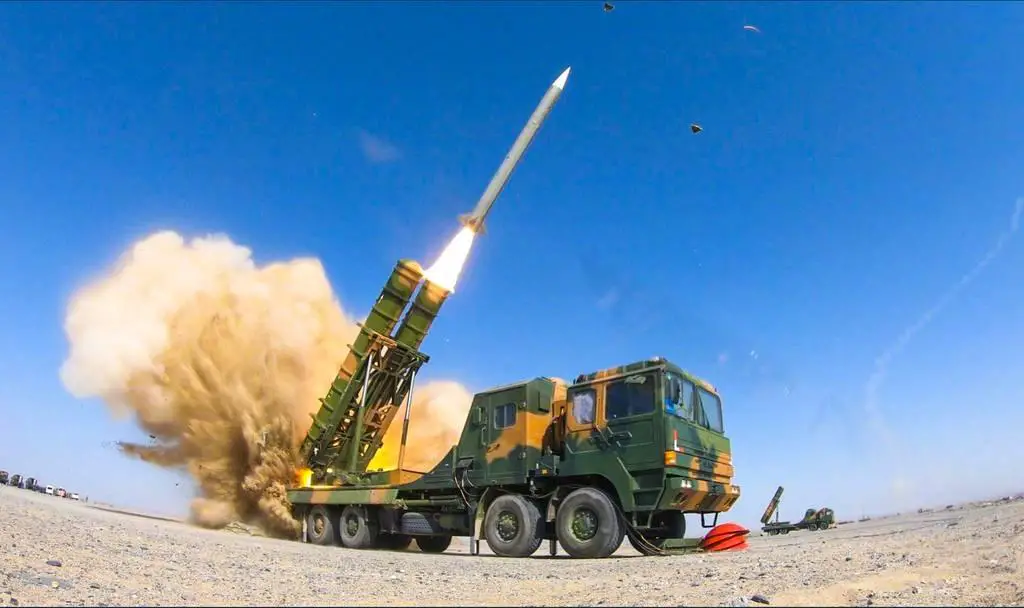China has delivered FK-3 medium-range surface-to-air missile systems to Serbia as part of a contract the European nation signed with China that also included drones. The delivery was part of the two countries’ annual cooperation plan, does not target any third parties and “has nothing to do with the current situation.” Serbia had signed for the missiles in 2020 under a contract that also included the China Aerospace Science and Technology Corporation-made CH-92 armed drone. It is believed the delivery, which took place over the weekend, was for a battery of FK-3 medium-range, road-mobile, surface-to-air missiles.
The Chinese used an air bridge to transport the FK-3 missiles, and presumably other support equipment, to the Serbians, using the People’s Liberation Army Air Force’ 13th Transport Division, 37th Air Regiment Xi’an Y-20 heavy airlifters flying between China and Serbia over two days. 6 People’s Liberation Army Air Force Xi’an Y-20A (reg. 20041, 20042, 20045, 20047, 20049, 20142) have landed at Batajnica airbase, near Belgrade, Serbia. Each day’s flights involved six Y-20s, which made stopovers in Baku, Azerbaijan, and Istanbul, Turkey, and also flew over central Asia, Armenia and Bulgaria before landing at Nikola Tesla Airport in Serbian capital Belgrade.

The FK-3 is an export version of the HQ-22 surface-to-air missile system, and it retains the domestic version’s top speed of Mach 6, although its maximum range has been reduced from 170 kilometers to 150 kilometers. A typical HQ-22/FK-3 system consists of a radar vehicle and three launch vehicles equipped with four missiles each. Each battery can supposedly engage six air targets simultaneously. The HQ-22 entered service with the Chinese People’s Liberation Army in 2017. The missiles are guided by semi-active radar guidance with a secondary command guidance capability. It can reportedly engage ballistic and cruise missiles, aircraft, helicopters, and UAVs.
The missile system has been widely compared to the American Patriot and Russia’s S-300 surface-to-air missile system, and although it has a shorter range than S-300 variants such as the S-300PMU-2 it is speculated to benefit from superior electronic warfare countermeasures (ECM) and superior capabilities against stealth targets at shorter ranges. The system is speculated to be much cheaper than the HQ-9 also in service and will be one of the mainstays of China’s air defense system, replacing the HQ-2 missiles of the Cold-War era. It is rumoured that the missile has had a high rate of acquisition, already being deployed in large numbers despite its relatively young age.
https://twitter.com/200_zoka/status/1513273361752809478















